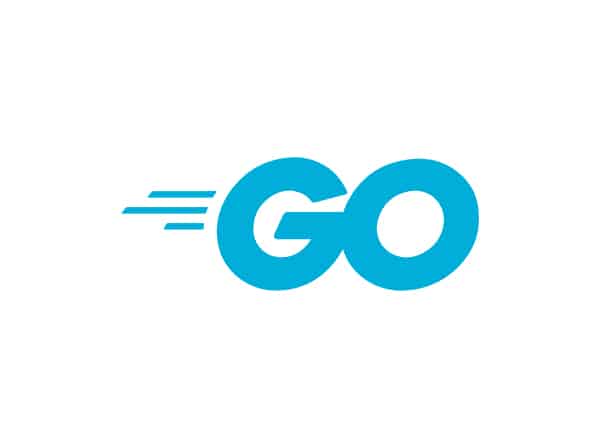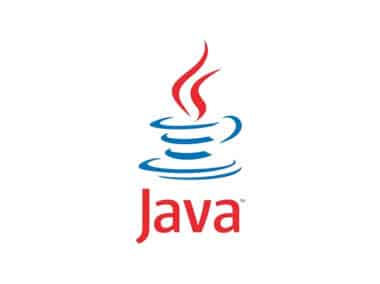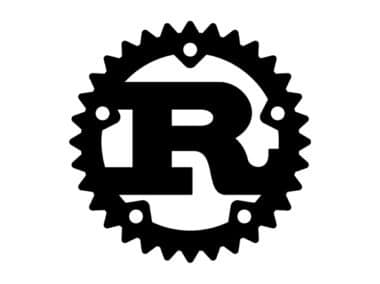GO programming language is a popular language that is widely used for developing various types of applications. It provides several control structures that enable developers to control the flow of execution of their programs. These control structures include if-else, switch-case, for loop, and while loop.
If-Else Control Structure
The if-else control structure in GO programming language allows you to specify a block of code to be executed if a particular condition is true. If the condition is false, another block of code is executed. The basic syntax for the if-else control structure is as follows:
if condition {
// block of code to be executed if the condition is true
} else {
// block of code to be executed if the condition is false
}
The if-else control structure is very useful in situations where you need to execute a block of code based on a certain condition. For instance, you can use it to check if a user is logged in and authorized to access certain features of an application.
Switch-Case Control Structure
The switch-case control structure in GO programming language allows you to select one of many blocks of code to be executed based on the value of a particular expression. The basic syntax for the switch-case control structure is as follows:
switch expression {
case value1:
// block of code to be executed if expression equals value1
case value2:
// block of code to be executed if expression equals value2
default:
// block of code to be executed if expression does not equal any of the values
}
The switch-case control structure is helpful when you need to execute different blocks of code based on different values of a particular expression. For example, you can use it to perform different actions based on the type of user input.
For Loop Control Structure
The for loop control structure in GO programming language allows you to execute a block of code repeatedly for a specified number of times. The basic syntax for the for loop control structure is as follows:
for initialization; condition; increment {
// block of code to be executed repeatedly while the condition is true
}
The for loop control structure is useful when you need to execute a block of code multiple times, for example, when iterating over an array or a list of items.
While Loop Control Structure
The while loop control structure in GO programming language allows you to execute a block of code repeatedly as long as a particular condition is true. The basic syntax for the while loop control structure is as follows:
for condition {
// block of code to be executed repeatedly while the condition is true
}
The while loop control structure is helpful when you need to execute a block of code repeatedly based on a certain condition. For instance, you can use it to read and process data from a file until the end of the file is reached.
In conclusion, GO programming language provides several control structures that enable developers to control the flow of execution of their programs. Each of these control structures has its own unique syntax and purpose, and understanding how to use them effectively is essential for developing efficient and effective programs. By mastering these control structures, you can build robust and reliable applications that meet the needs of your users.




